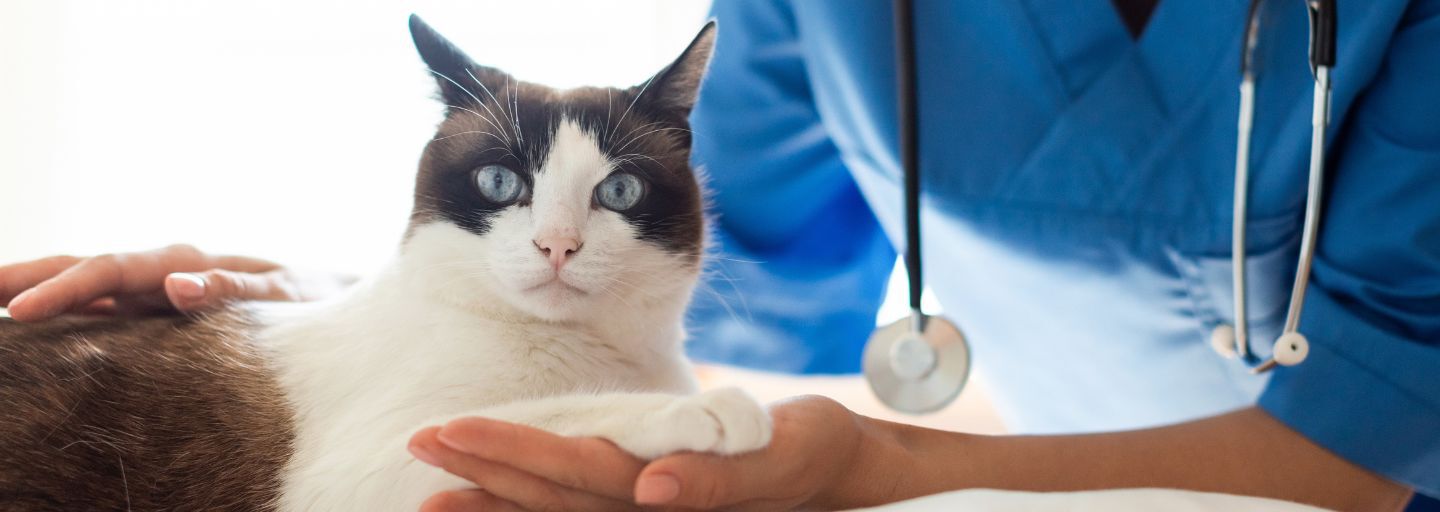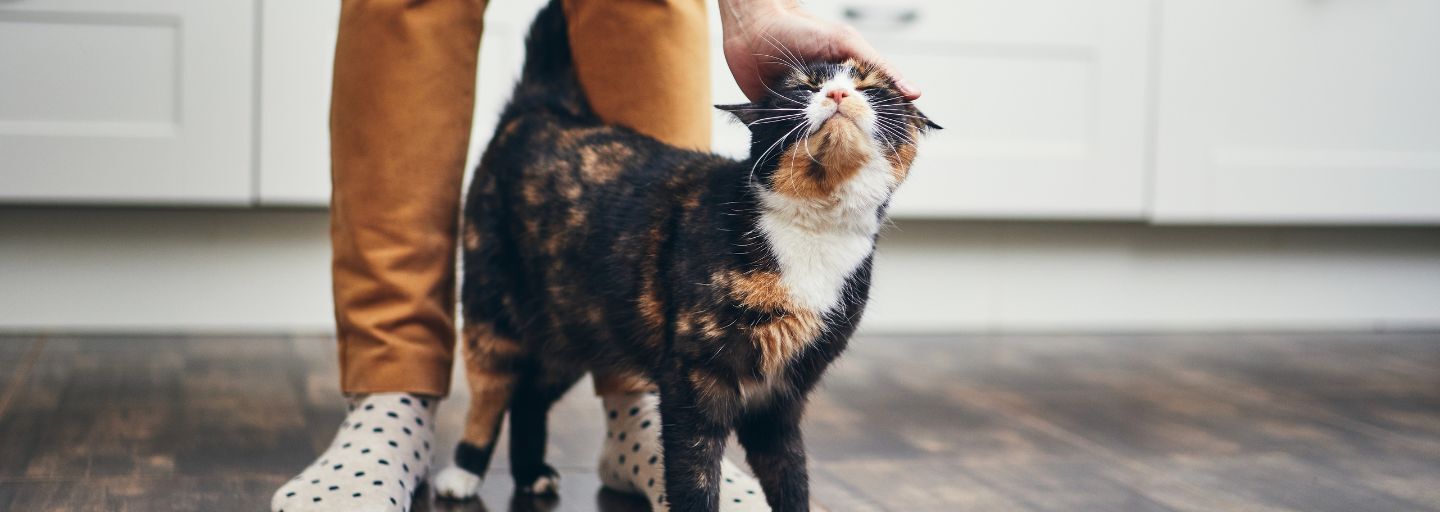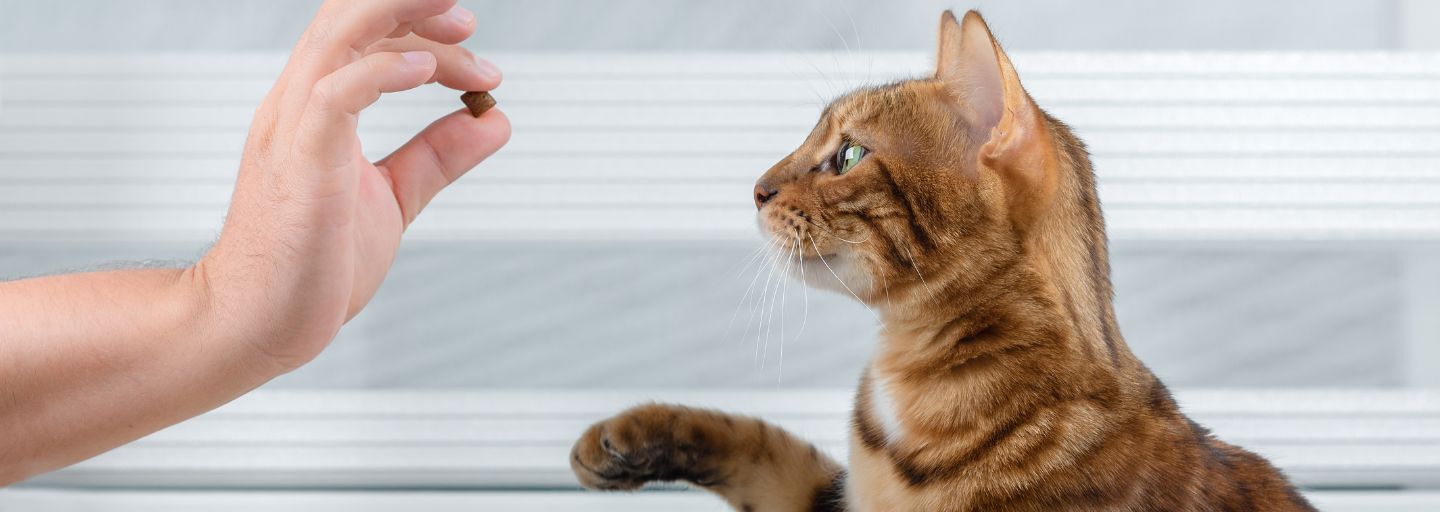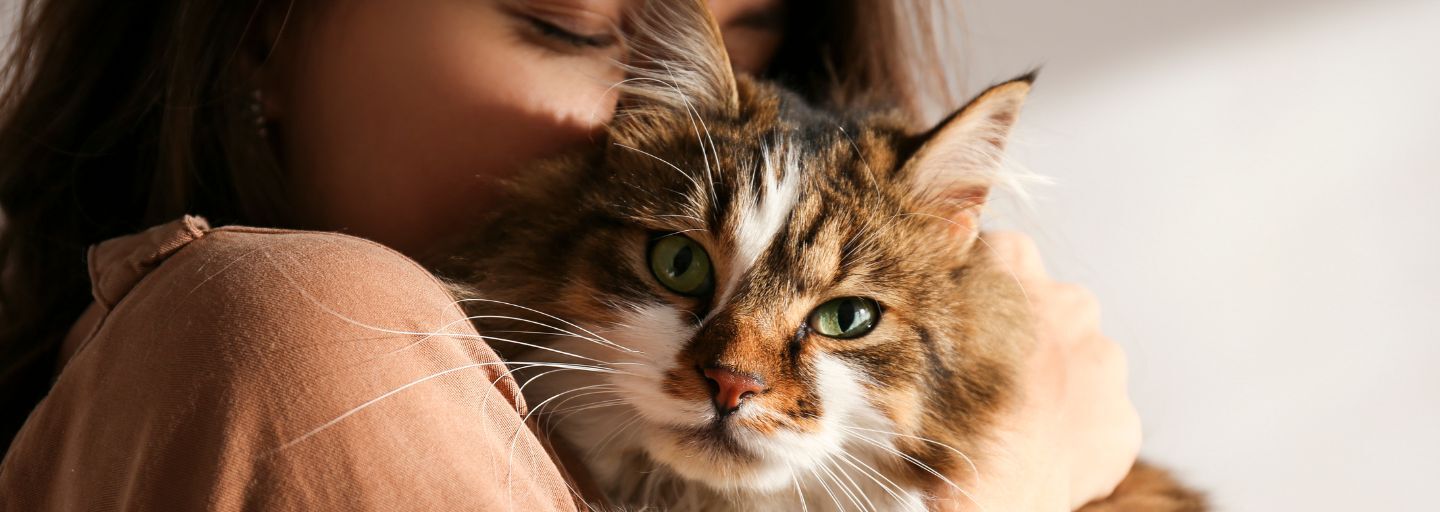Shock, in a medical context, is a serious condition that signifies inadequate blood circulation and can be potentially fatal. It is not just emotional distress. When a cat experiences shock, there is a disruption in the body's ability to deliver oxygen and nutrients to vital organs. This can occur due to severe trauma, internal bleeding, heart conditions, allergic reactions, or other underlying health issues. If you suspect that your cat is in shock, it is crucial to contact your veterinarian without delay. They will be able to assess the situation and provide the necessary treatment.
Recognizing the Signs
Being watchful for the following indicators can help you identify if your cat is in shock:
- Weakness, convulsions, or collapsing due to oxygen deprivation in the brain
- Unconsciousness
- Cold ears, pale gums, and chilly paws
- Rapid but weak pulse
- Quick, shallow breathing
- Dilated pupils with a fixed gaze
Effective Steps to Take
In the event of shock, there are several steps you can take to help your cat before reaching veterinary care:
Seek Veterinary Help
Contact your veterinarian urgently, as immediate medical intervention is necessary to stabilizeise your cat's condition. They will provide guidance on the next steps and may advise you to bring your cat in for emergency treatment.
Preserve Body Heat
Swaddle your cat in a blanket or towel to help maintain their body temperature. This is important because shock can cause a drop in body temperature. Avoid using direct heat sources like hot-water bottles, as they can cause burns.
Positioning Matters
If your cat is unconscious, ensure that their head is positioned lower than their body to promote blood flow to the brain. This can be achieved by gently elevating their hindquarters or placing a rolled towel under their back end.
Maintain Circulation
Gently massage your cat's legs to help stimulate blood circulation, unless fractures or injuries are suspected. This can help prevent blood pooling and promote circulation to vital organs.
Potential Resuscitation
If your cat's breathing or heartbeat has stopped, you may need to perform cardiopulmonary resuscitation (CPR) or artificial respiration. This should only be done if you are trained in these techniques or under the guidance of a veterinarian or veterinary professional.
Emergency Consultation
If immediate veterinary care is inaccessible, seek advice via phone from your veterinarian or an emergency veterinary hotline. Clearly explain your cat's symptoms and follow their guidance. They may provide instructions on how to stabilises your cat's condition until you can reach professional help.
Monitor Vital Signs
Regularly assess your cat's pulse and breathing rate around the groin area. If you notice any abnormalities, such as a weak or absent pulse, or if your cat's breathing becomes more shallow or stops, report these changes to your veterinarian immediately.
No Oral Intake
Refrain from feeding your cat if they are unconscious, convulsing, or vomiting. This helps prevent aspiration and choking. It is important to keep their airway clear and avoid further complications.
Vital Role of Veterinary Attention
Timely response to shock and associated injuries is crucial. Cat emergencies necessitate swift action, and veterinary care is indispensable in these situations. Keep trying to connect with your veterinarian or an emergency veterinary clinic until you can reach professional help. They will be able to provide the necessary medical interventions, such as intravenous fluids, blood transfusions, pain management, and other treatments specific to your cat's condition.
Empower yourself with knowledge on addressing shock – it can be pivotal in safeguarding your feline companion's well-being. Remember, every second counts in a medical emergency, so acting promptly and seeking veterinary care is essential for the best possible outcome for your cat. By staying calm, following the guidance of veterinary professionals, and providing immediate care, you can help increase the chances of a successful recovery for your cat.
Health Information: The information on our website is intended to impart general nutrition and health information, and is not intended for diagnostic or treatment purposes. Purina is not engaged in rendering veterinary advice or services and always recommend consulting a qualified veterinarian for veterinary advice or services.






